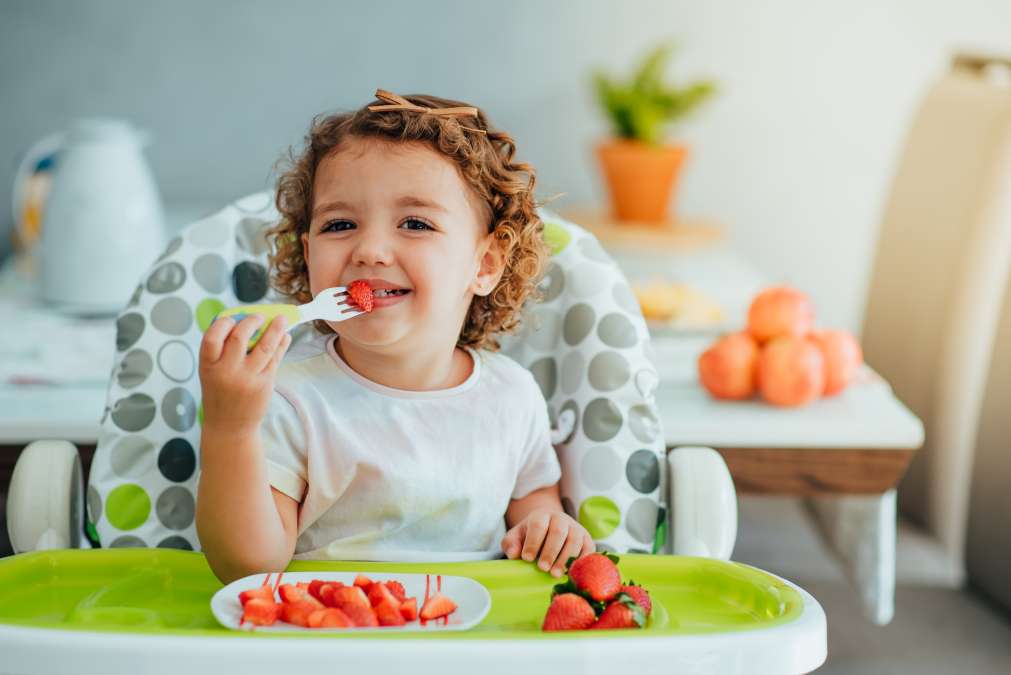Cooking is a valuable life skill; involving children in the kitchen can be a joyous and educational experience. This article explores the significance of introducing kids to cooking. It offers insights into the benefits, age-appropriate tasks, and creative strategies for a fun culinary journey.
Cooking is a valuable life skill and a wonderful way to build creativity, confidence, and a love for wholesome food in children. Introducing kids to cooking early can be a fun and educational experience that ignites their culinary curiosity and provides a platform for building healthy eating habits. In this guide, we will explore the exciting world of cooking with kids. We will also offer insights into its benefits, tips for age-appropriate involvement, and delicious recipes that make learning to cook an enjoyable adventure for children. By embracing cooking as an engaging learning opportunity, parents and caregivers can inspire a lifelong love for good food and culinary exploration in the next generation.
1. Benefits of Involving Kids in Cooking
a. Building Life Skills
Introducing kids to cooking is more than just preparing meals; it is about building essential life skills. From following instructions to practising math through measurements, cooking instils valuable lessons that extend beyond the kitchen.
b. Fostering Healthy Eating Habits

Hands-on involvement in meal preparation encourages a connection with food and promotes healthy eating habits. When children actively participate in cooking, they are more likely to embrace a diverse and nutritious diet. This lays the foundation for lifelong well-being.
2. Age-appropriate cooking Tasks for Kids
a. Preschoolers (Ages 3-5)
For preschoolers, focus on simple, hands-on tasks like washing vegetables, tearing lettuce, or stirring ingredients. These activities enhance fine motor skills, introduce them to different textures, and spark curiosity about food.
b. Elementary School (Ages 6-12)

As children grow, they introduce more complex tasks like measuring ingredients, cutting with supervision, and following essential recipes. This stage allows them to develop foundational cooking skills while understanding the science behind food preparation.
Also read: Cooking Together: Nourishing Pre-Pregnancy Recipes For You
3. Creating a Kid-Friendly Kitchen Environment
a. Accessible Tools and Ingredients
Make the kitchen accessible to kids by placing commonly used tools and ingredients within their reach. Child-friendly utensils, step stools, and easy-to-open containers empower them to engage more independently in cooking.
b. Designated Cooking Space

Establish a designated cooking space for kids to minimize safety concerns. This area might feature a low countertop or a small table equipped with age-appropriate kitchen tools. It helps build a sense of ownership and excitement about their cooking endeavors.
4. Making Cooking a Creative and Educational Experience
a. Theme-Based Cooking Sessions
Introducing kids to cooking becomes more engaging with theme-based sessions. Choose a cuisine, a colour, or a story, tailoring the cooking experience to capture their imagination. This approach combines creativity with culinary education.
b. Learning Through Play

Include play-based learning into cooking activities. Use cookie cutters to create fun shapes, turn counting ingredients into a game, or explore basic science concepts by observing changes in ingredients during cooking.
5. Developing a Positive Attitude Towards Food
a. Encouraging Tasting and Exploration
Create a positive attitude towards food by encouraging kids to taste ingredients during cooking. This exploration builds a sense of curiosity and adventure, making them more open to trying new flavours and textures.
Also read: Building A Positive Relationship with Food In Early Childhood
b. Celebrating Achievements

Celebrate each cooking venture, regardless of the outcome. Acknowledge their efforts, whether it is a perfectly executed dish or a messy masterpiece. This positive reinforcement builds confidence and a lasting love for cooking.
6. Safety Measures in the Kitchen
a. Establishing Ground Rules
Before embarking on cooking adventures, establish clear ground rules for safety. Teach children about the importance of handwashing, safe handling of utensils, and staying alert in the kitchen to minimize risks.
b. Supervision and Gradual Independence

Initially, supervise cooking activities closely. As kids become more adept, they gradually allow increased independence. This phased approach balances building autonomy and maintaining a safe cooking environment.
7. Building a Foundation for Lifelong Skills
a. Teaching Meal Planning
Expand the learning experience by involving kids in meal planning. Encourage them to suggest meals, create shopping lists, and understand the concept of a balanced diet. This holistic approach reinforces organizational and decision-making skills.
b. Emphasizing the Joy of Sharing Meals

Highlight the joy of sharing meals as a family. Engaging kids in the entire process, from planning to cooking, instills a sense of responsibility and reinforces the importance of quality time spent around the table.
8. Overcoming Challenges and Embracing Mistakes
a. Patience and Flexibility
Cooking with kids may involve spills, creative interpretations of recipes, and unexpected challenges. Approach these moments flexibly, turning mishaps into valuable learning opportunities.
b. Encouraging Problem-Solving

Use cooking challenges as opportunities for problem-solving. Encourage kids to think critically about adjusting a recipe or troubleshooting unexpected issues, nurturing resilience and adaptability.
9. Culinary Exploration Beyond the Basics
a. Experimenting with Flavors and Textures
Once kids have established a comfort level, encourage them to experiment with different flavors and textures. Introduce them to various herbs, spices, and ingredients, expanding their culinary palate and building a love for diverse cuisines.
b. Field Trips and Culinary Adventures

Enhance their culinary education with field trips to local markets, farms, or restaurants. These experiences provide hands-on exposure to various aspects of food, from sourcing ingredients to experiencing diverse cooking techniques.
Introducing kids to cooking is a delightful and educational journey that goes beyond the kitchen. By focusing on age-appropriate tasks, creating a welcoming kitchen environment, and infusing creativity into culinary experiences, parents can nurture a lifelong love for cooking. This positive introduction to the world of food builds practical skills and builds a healthy attitude towards nutrition and family meals. Embracing challenges, celebrating achievements, and exploring culinary adventures together contribute to building skills that will serve children well into adulthood.
